The heart of every home, the kitchen, is more than just a place to cook. It’s a canvas for culinary creativity and a hub for social gatherings. In the world of kitchen design, the island kitchen design stands out as an epitome of style, functionality, and innovation. With its unique layout and seamless blend of form and function, island kitchens have taken the interior design world by storm. It has revolutionized the way we interact with our cooking spaces. Let us dive into the captivating world of island kitchen design, exploring its creation, versatility, and how it differs from traditional kitchen layouts.
The art of designing an ideal island kitchen
Crafting the perfect island kitchen design is an art that starts with a thoughtful approach to design. Unlike traditional kitchen layouts, island kitchens are characterized by a freestanding unit in the center of the room, offering 360-degree accessibility. This central island becomes the star attraction, serving as a multifunctional workspace, dining area, and social gathering spot.
The first step in designing an island kitchen is determining the available space and the layout that best complements the overall kitchen design. It’s essential to strike a balance between the island’s size and the surrounding kitchen elements to ensure seamless flow and maximum functionality.
Size and shape of the island:
The size and shape of your island depend on the dimensions of your kitchen and your specific needs. It should be proportionate to the available space, ensuring there’s enough room for comfortable movement. Generally, kitchen islands range from 3 to 5 feet wide and 7 to 10 feet long, but custom sizes can be tailored to fit your kitchen perfectly. Common Island shapes include rectangular, square, L-shaped, and even curved designs, each offering different benefits in terms of functionality and aesthetics.
Functionality redefined:
One of the key elements that set island kitchens apart from their traditional counterparts is their unparalleled functionality. The island provides additional countertop space, perfect for food preparation, baking, and serving. With the luxury of extra surface area, you can comfortably accommodate multiple chefs in the kitchen without feeling crowded.
Storage is another aspect that an island kitchen design excels at. Incorporating built-in cabinets and drawers within the island allows for efficient organization of kitchen essentials, keeping your cooking space tidy and clutter-free.
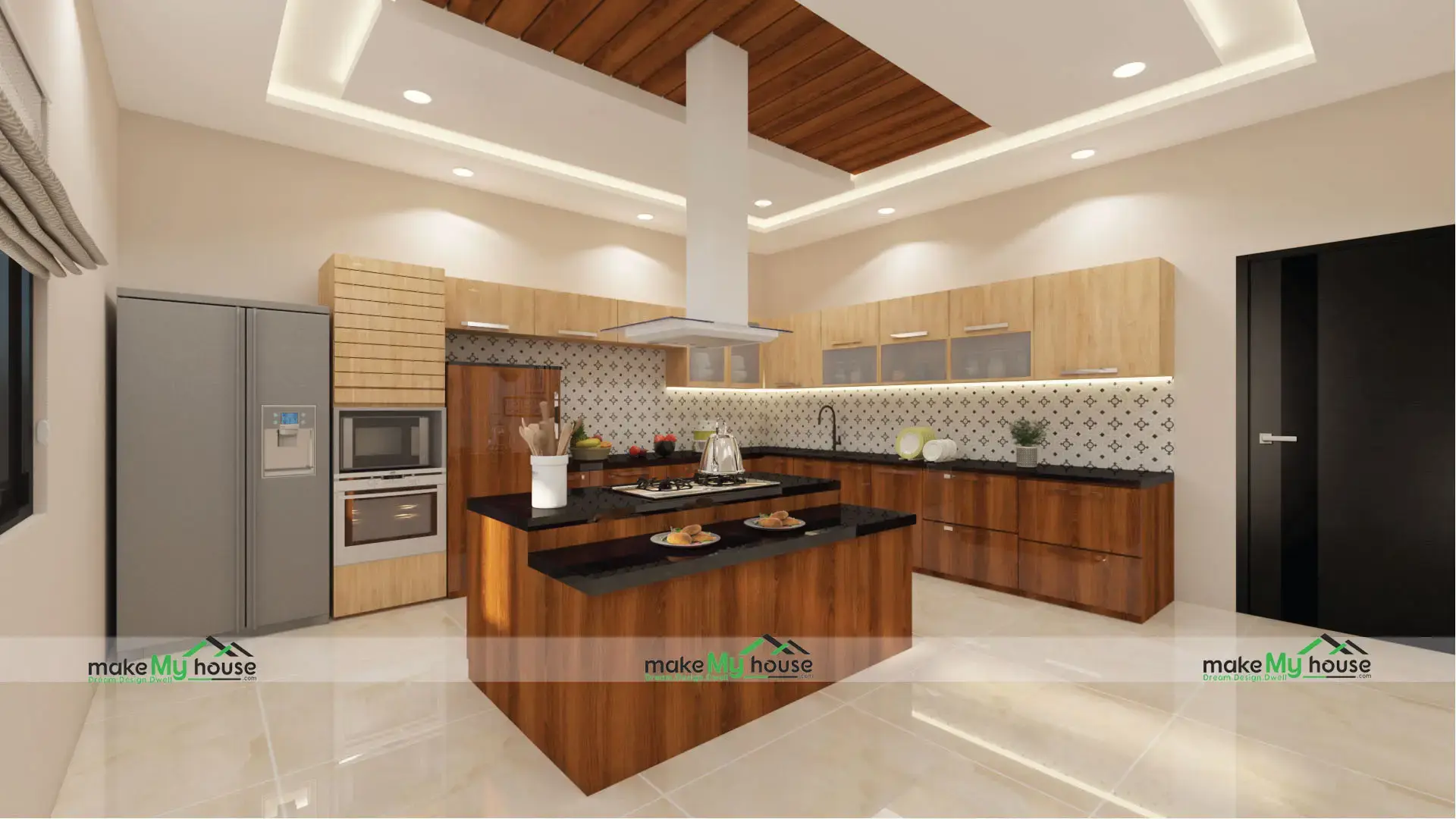
A hub for social interaction:
Gone are the days of the isolated cook, hidden away in the kitchen while guests enjoy the festivities elsewhere. Island kitchen designs bridge the gap between the host and guests, fostering social interaction and creating an engaging atmosphere. With guests comfortably gathered around the island, sipping wine and sharing stories, the cook becomes an integral part of the celebration.
The island also doubles as a convenient dining area for casual meals or quick breakfasts on busy mornings. Barstools lining the island provide a relaxed spot for family members to gather, fostering a sense of togetherness and warmth.
Customized style:
In addition to functionality, island kitchen designs are a canvas for personal expression. With a wide range of design options, you can tailor the island to suit your taste and lifestyle. From modern and sleek to rustic and charming, the island’s design sets the tone for the entire kitchen space.
Ventilation and safety:
If you plan to incorporate a stovetop or cooking station in the kitchen island, proper ventilation is crucial. Install a range hood or downdraft ventilation system to keep the kitchen smoke-free and safe.
Distinctly different from traditional designs:
The key differences between island kitchen designs and traditional kitchens lie in layout and utilization of space. Traditional kitchens usually feature a linear design with counters and appliances against the walls, creating a more confined and segmented feel. In contrast, the island kitchen design opens up the space, creating a sense of airiness and connection with the rest of the room.
Another advantage of island kitchens is their ability to enhance traffic flow in larger spaces. By creating designated pathways around the island, the kitchen becomes more organized and efficient.
An island kitchen like no other!
In conclusion, the island kitchen design is a testament to the evolving world of interior design, where creativity, functionality, and style coalesce. By placing the spotlight on a central island, these kitchens transform the cooking space into a captivating and versatile haven. From facilitating culinary masterpieces to fostering social interactions, the island kitchen design is a true game-changer. So, if you’re looking to infuse your home with a dash of innovation and charm, consider stepping into the captivating realm of island kitchen design—a space where culinary magic and warm gatherings blend harmoniously.
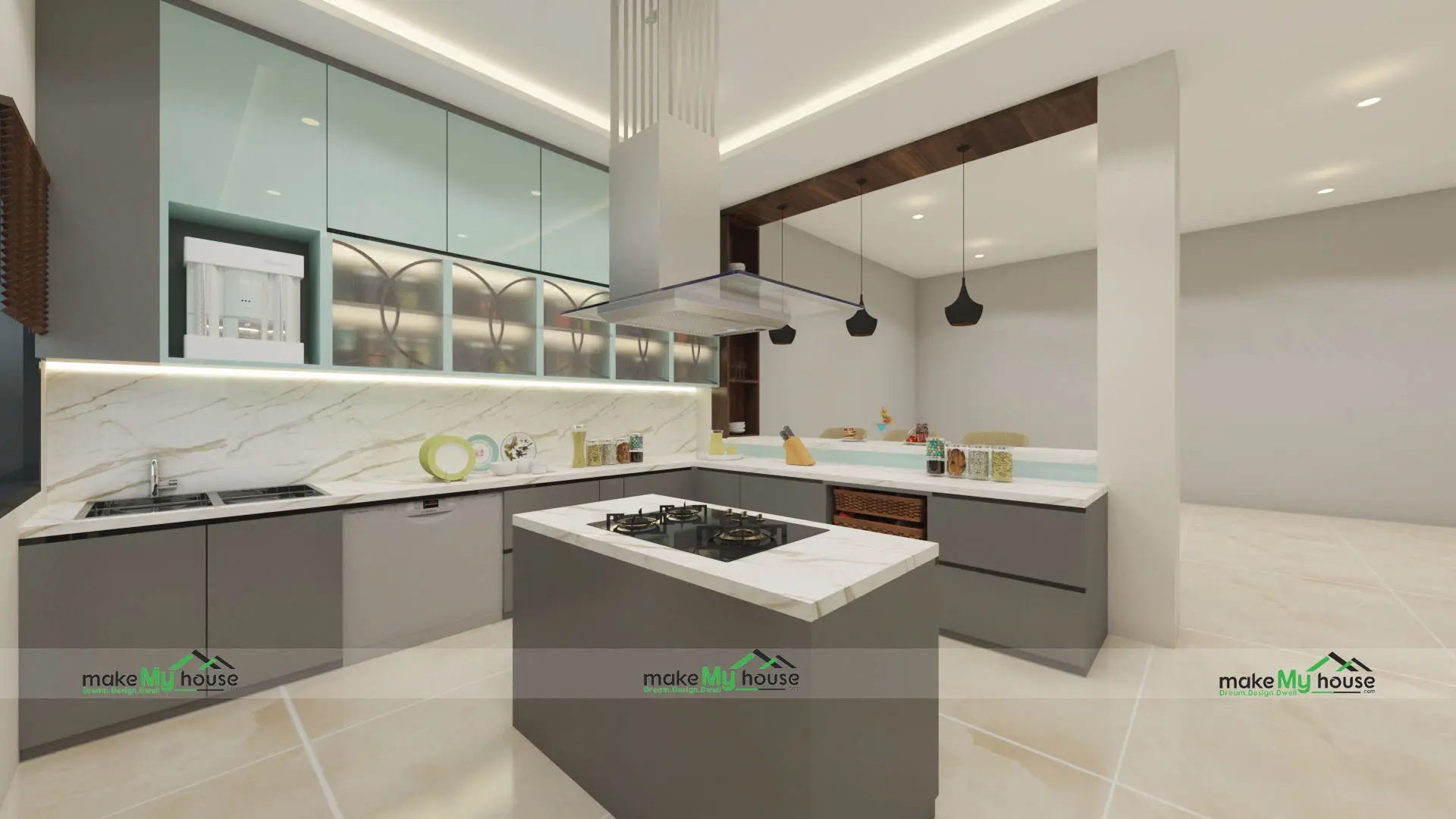
Frequently asked questions about island kitchens
Q: How do I determine the right size for my kitchen island?
A: The size of your kitchen island depends on the available space and your needs. It should leave enough room for comfortable movement around it. Generally, islands range from 3 to 5 feet wide and 7 to 10 feet long, but custom sizes can be tailored to fit your kitchen perfectly.
Q: What are some popular materials for kitchen island countertops?
A: Popular materials for kitchen island countertops include granite, marble, quartz, butcher block, and concrete. Each material offers unique aesthetics, durability, and maintenance requirements, catering to different design preferences and lifestyles.
Q: Are there design options for small kitchens island with limited space?
A: Yes, even small kitchens can benefit from a well-designed kitchen island. Opt for a compact, space-saving island with wheels or a drop-leaf design that can be easily moved or folded when not in use.
Q: Can I incorporate seating with my island kitchen design?
A: Absolutely! Seating options like barstools or counter-height chairs can transform your kitchen island into a cozy dining spot. It also encourages social interaction, making the island a gathering hub during meal preparation and entertaining.
Q: Should my island kitchen design match the cabinetry or stand out with a contrasting color?
A: Both options are viable, depending on your design preferences. Matching the island with the cabinetry creates a cohesive look, while a contrasting color or different material can add visual interest and become a statement piece in your kitchen.







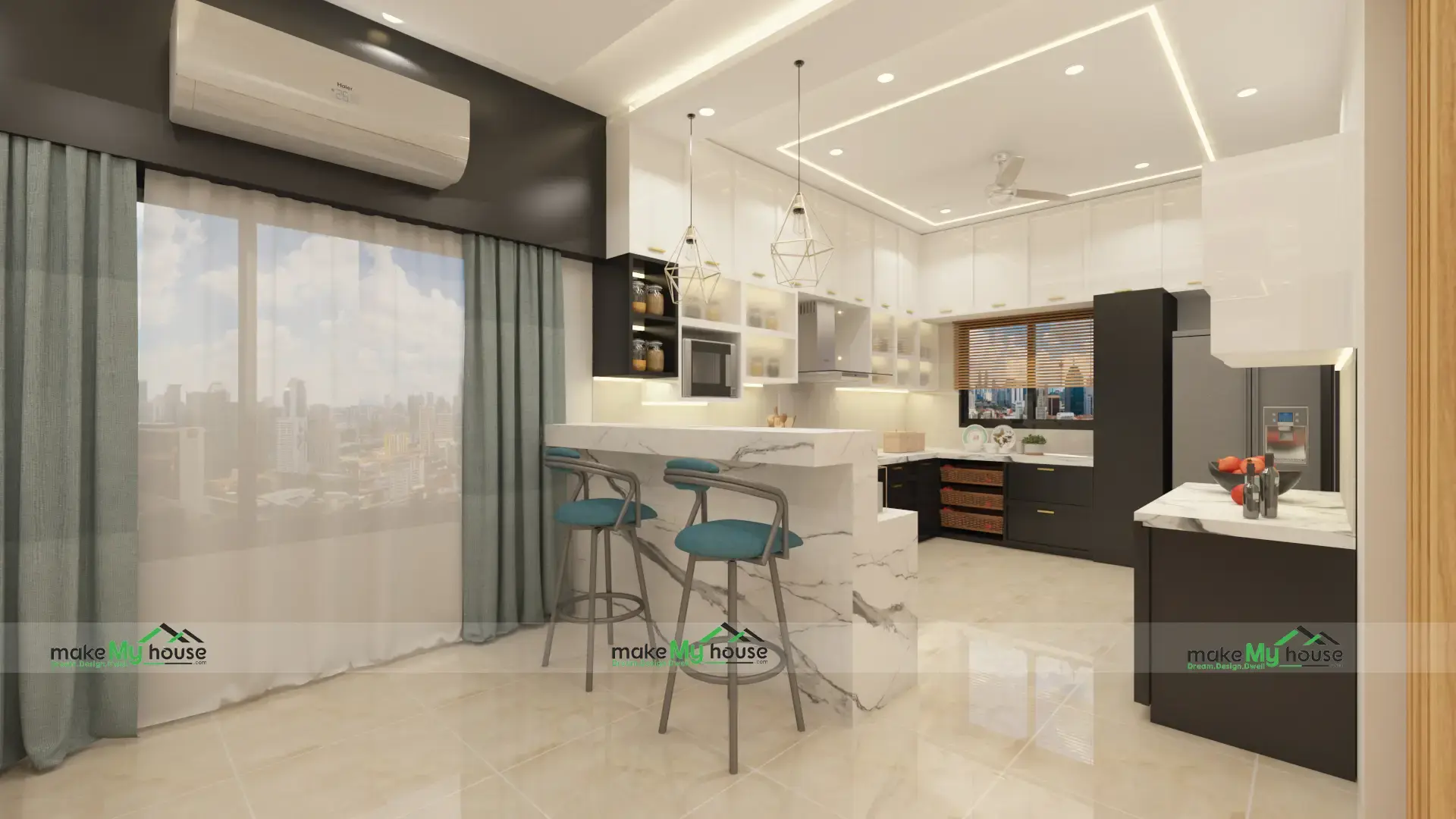
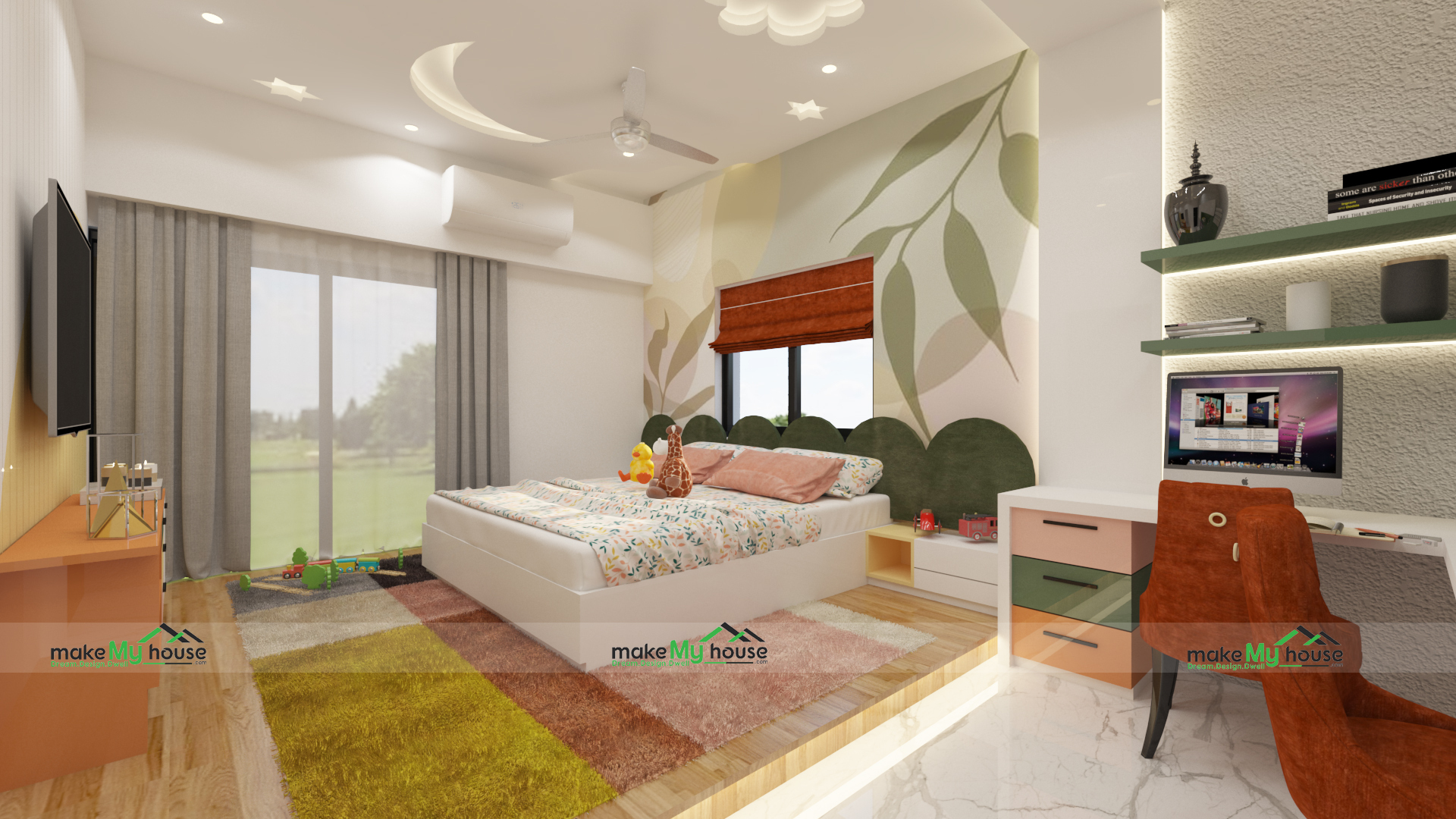

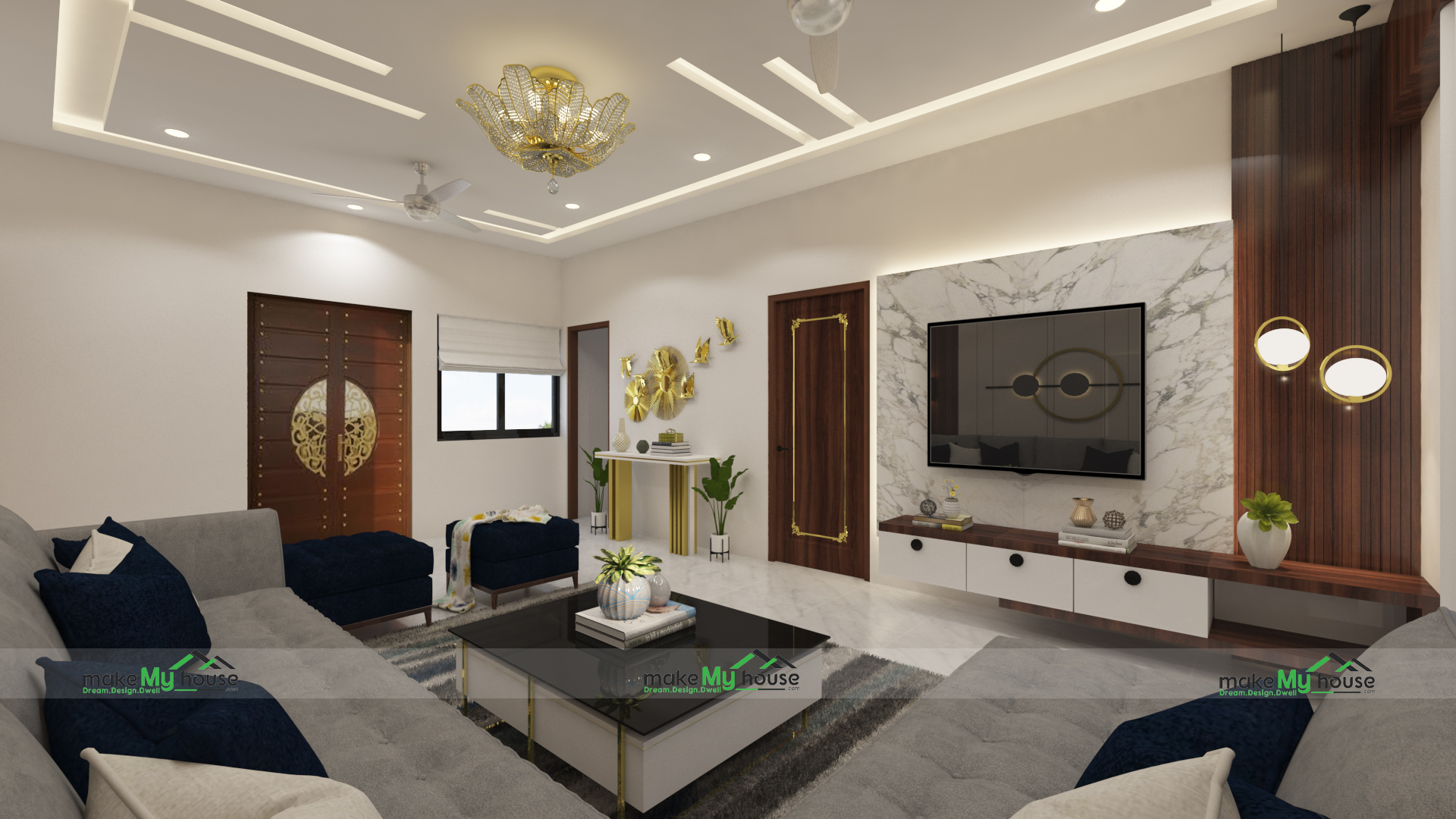
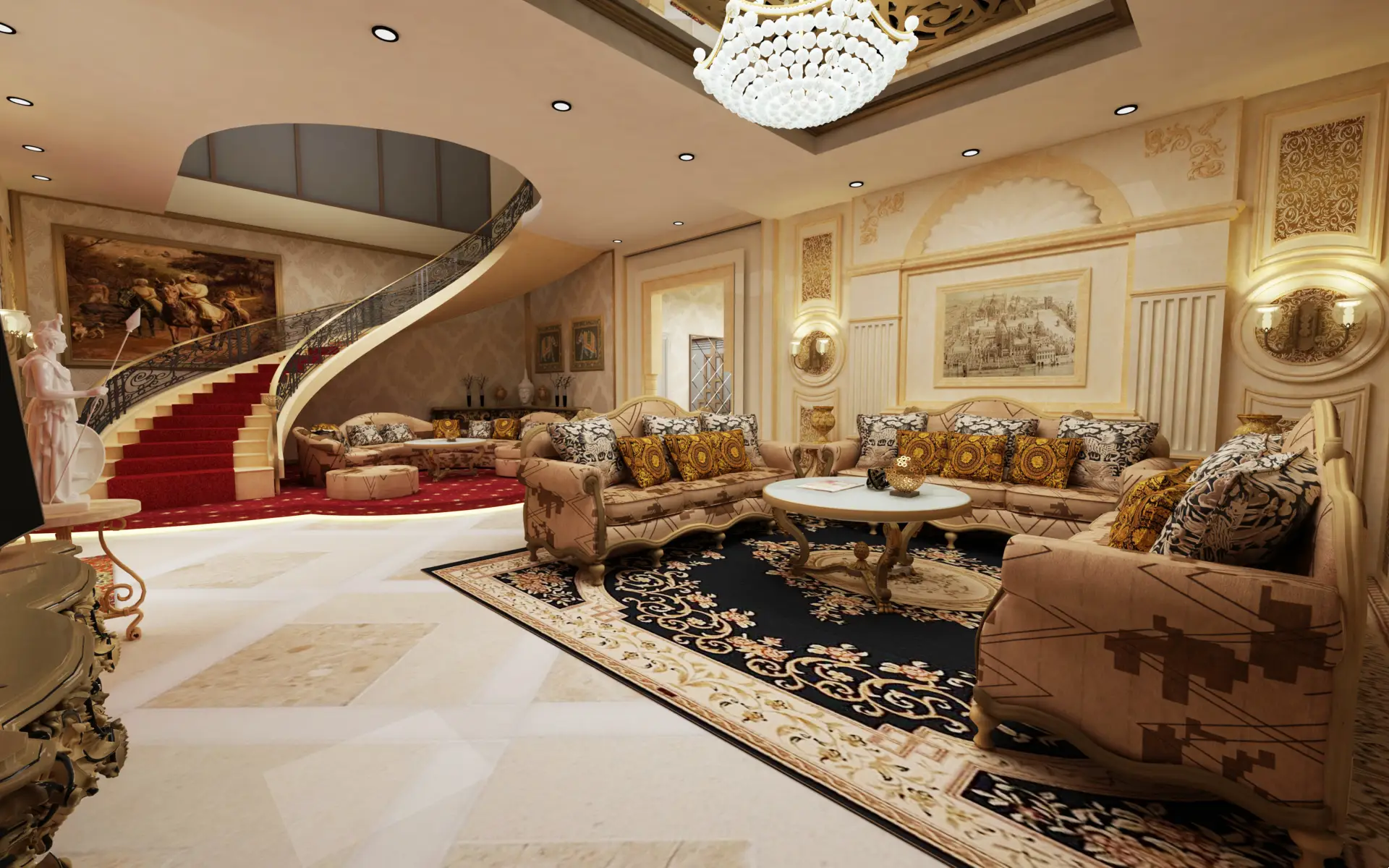
One thought on “Transform Your Home’s Style with an Island Kitchen Design”